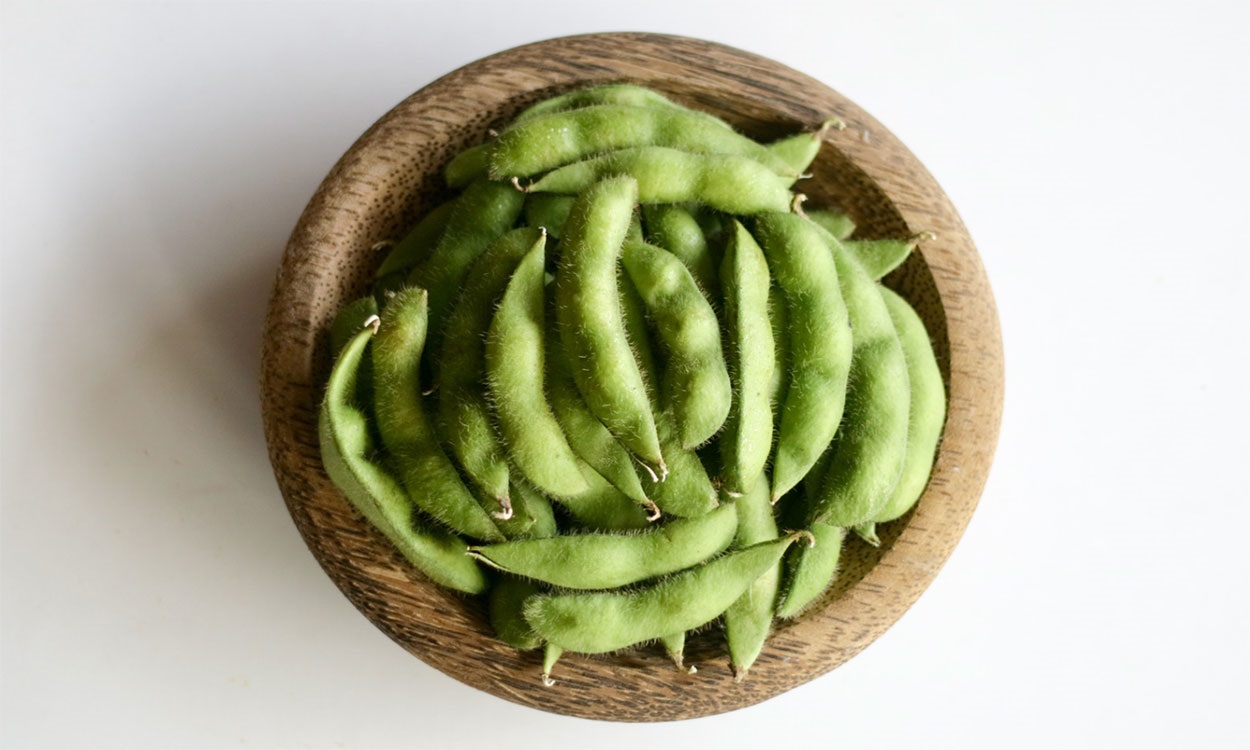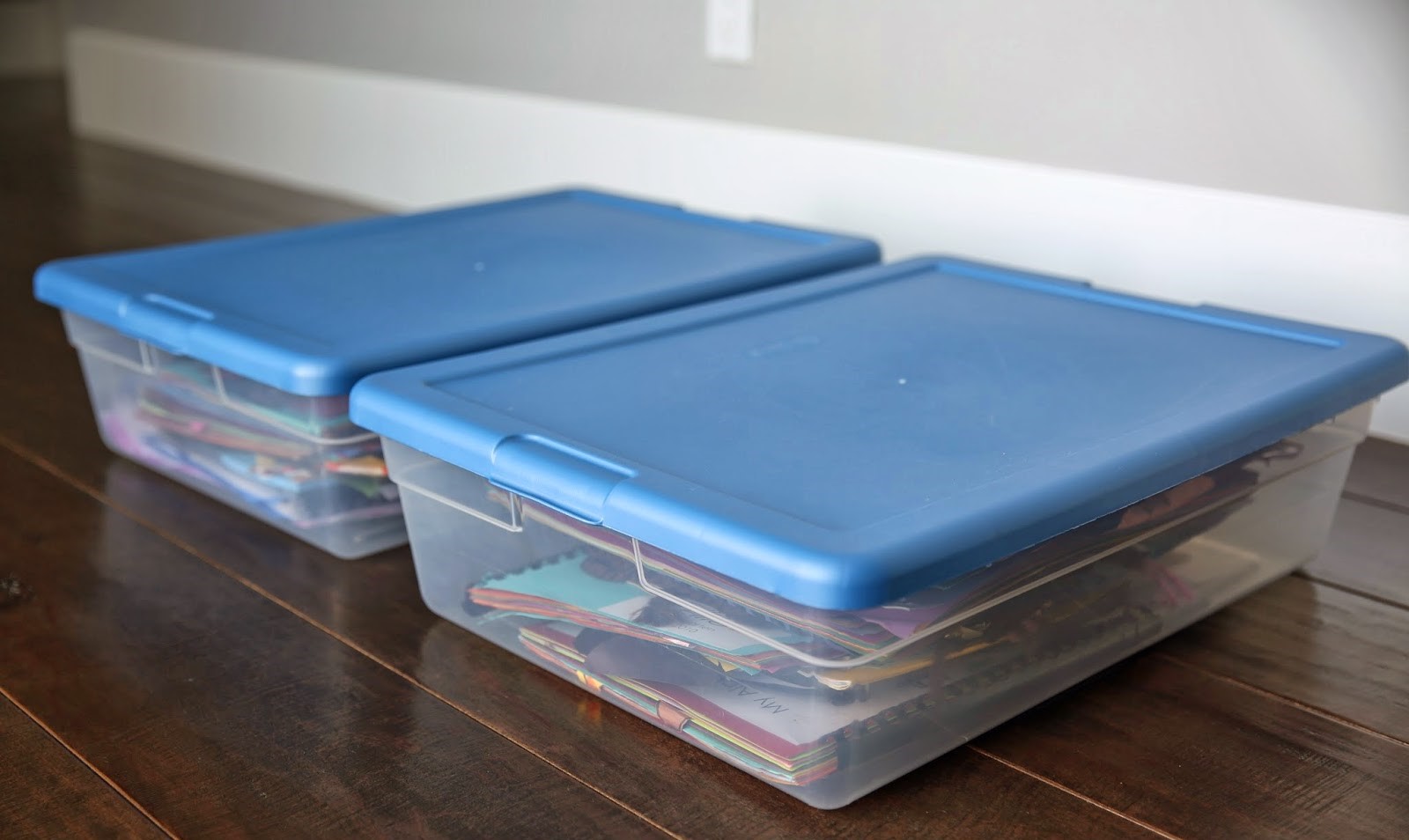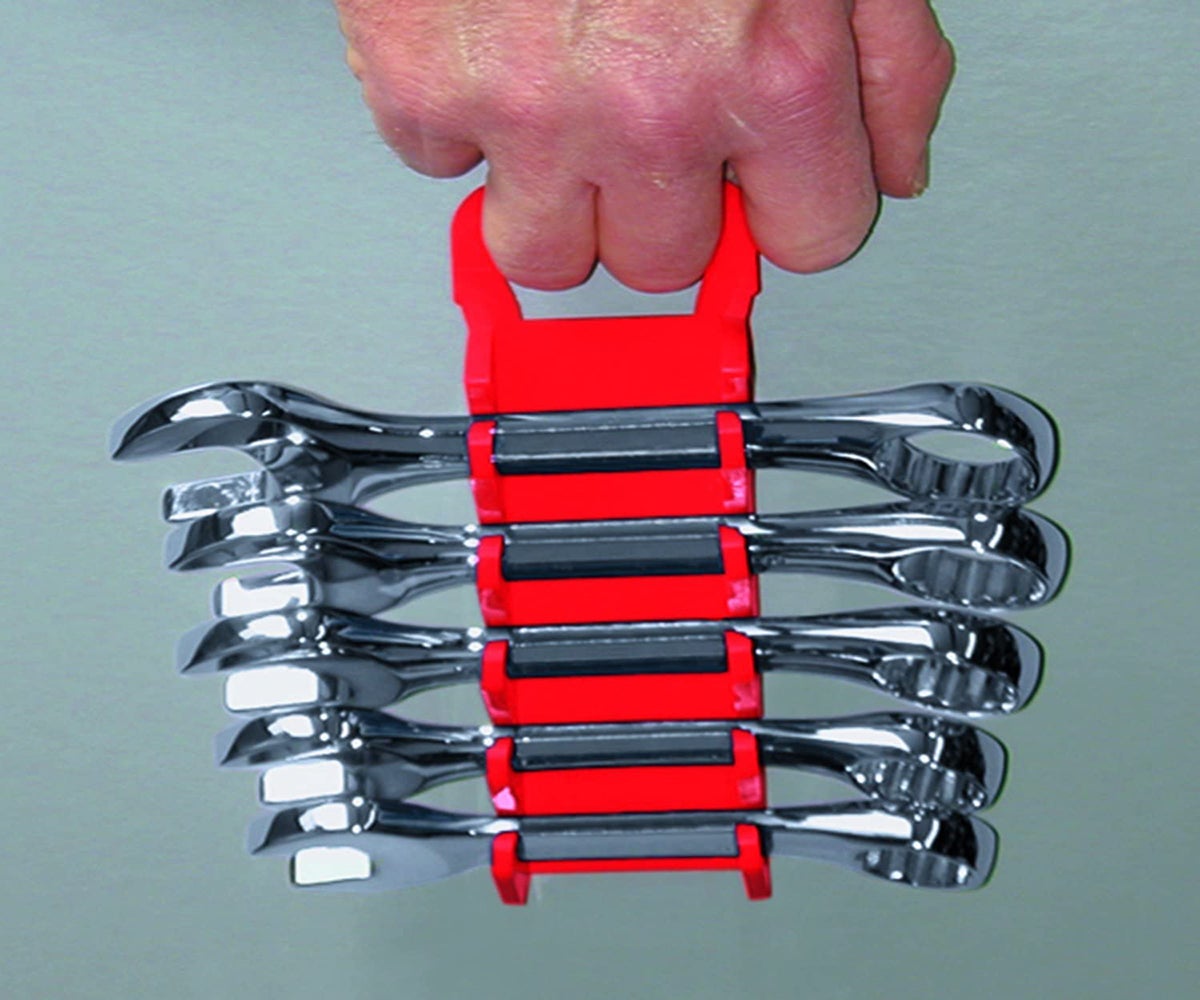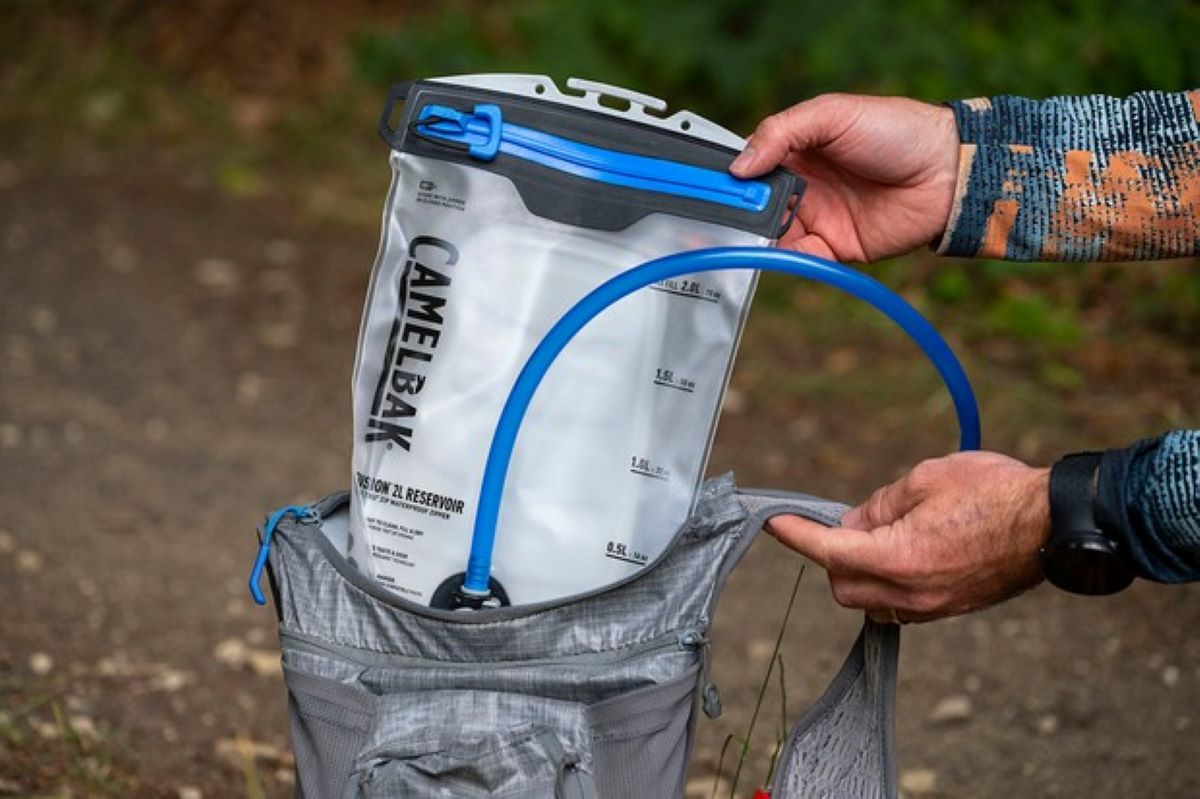

Articles
How To Store Edamame
Modified: January 8, 2024
Learn the best methods for storing edamame in this informative article. Keep your edamame fresh and delicious with these easy storage tips.
(Many of the links in this article redirect to a specific reviewed product. Your purchase of these products through affiliate links helps to generate commission for Storables.com, at no extra cost. Learn more)
Introduction
Welcome to our comprehensive guide on how to store edamame! Edamame, also known as soybeans, are a nutritious and versatile legume that can be enjoyed as a snack, added to salads, or used in various recipes. However, like any fresh produce, edamame needs to be stored properly to maintain its flavor, texture, and nutritional value.
In this article, we will explore the benefits of storing edamame, provide tips on selecting fresh edamame, and guide you through different methods for storing edamame at home.
By learning how to properly store your edamame, you can extend its shelf life and always have this delicious and healthy ingredient on hand whenever you need it. So, let’s get started!
Key Takeaways:
- Properly storing edamame preserves freshness, convenience, and nutritional value, reducing food waste and offering cost savings. Select fresh edamame, prepare, and store using refrigeration, freezing, or canning methods for optimal results.
- Extend the shelf life of edamame by maintaining proper storage temperature, using airtight containers, avoiding excessive moisture, and practicing the “first in, first out” principle. Thaw frozen edamame safely and cook before consumption for the best flavor and safety.
Read more: How To Store Fresh Edamame
Benefits of Storing Edamame
Storing edamame properly offers several benefits, including:
- Preserving Freshness: By storing edamame correctly, you can extend its freshness and maintain its crispy texture. This ensures that you always have high-quality edamame available for consumption.
- Convenience: Storing edamame allows you to have it readily available whenever you want to include it in your meals or snacks. Whether you’re incorporating it into stir-fries, salads, or munching on them as a healthy snack, having stored edamame simplifies the cooking and preparation process.
- Budget-Friendly: Buying edamame in bulk when it’s in season and storing it for later use can help you save money. Instead of purchasing small portions at a higher price, you can take advantage of bulk discounts and have a supply of edamame to enjoy throughout the year.
- Nutritional Value: Edamame is packed with essential nutrients, including protein, dietary fiber, and vitamins. Proper storage helps retain these nutrients, ensuring you reap the full health benefits when consuming the edamame.
- Reducing Food Waste: When you properly store edamame, you minimize the chances of it going bad or being wasted. This way, you can make the most out of your purchase and reduce food waste in your household.
Now that you know the benefits of storing edamame, let’s explore how to select the freshest edamame to maximize its shelf life.
Selecting Fresh Edamame
Choosing fresh and high-quality edamame is essential for optimal flavor and texture. Here are some tips to help you select fresh edamame:
- Appearance: Look for edamame pods that are bright green, plump, and firm to the touch. Avoid pods that are discolored, shriveled, or have blemishes.
- Texture: Gently squeeze the pods to feel if the beans inside are firm. Avoid edamame pods with wrinkled or soft beans, as they may indicate loss of freshness.
- Aroma: Fresh edamame should have a slightly sweet and earthy aroma. If you detect any unpleasant odors, it’s best to choose a different batch.
- Sourcing: Whenever possible, buy edamame from reliable sources, such as local farmers’ markets or reputable grocery stores. This increases the likelihood of obtaining fresh and high-quality edamame.
- Seasonality: Edamame is in season during the summer months, typically from June to September. While frozen edamame is available year-round, fresh edamame is more abundant and flavorful during its peak season.
By considering these factors when selecting edamame, you can ensure that you are starting with the freshest possible produce. Once you have chosen your edamame, the next step is to prepare it for storage.
Preparing Edamame for Storage
Before you store edamame, it’s important to properly prepare it to ensure optimal storage conditions. Here’s how to prepare edamame for storage:
- Harvesting: If you’re growing your own edamame, it’s best to harvest the pods when they reach maturity. This is typically when the pods are plump and the beans inside are fully developed.
- Cleaning: Rinse the edamame pods under cool running water to remove any dirt or debris. Gently rub the pods with your hands to ensure thorough cleaning.
- Blanching: Blanching is an optional step that can help preserve the color and flavor of edamame. To blanch, bring a pot of water to a boil, then add the edamame pods and cook for 2-3 minutes. Drain and immediately transfer the pods to an ice bath to stop the cooking process. This step can help maintain the vibrant green color and enhance the flavor of the edamame.
- Draining and Drying: After blanching, drain the edamame pods and pat them dry with a clean towel or paper towels. Removing excess moisture helps prevent the growth of mold and extends the shelf life of the edamame.
- Removing from Pods: For long-term storage, consider removing the edamame beans from the pods. Simply squeeze the pod to release the beans. This step is optional and can be done based on personal preference or the desired storage method.
By following these preparation steps, you’ll be ready to store your edamame using one of the methods we’ll discuss next.
Methods for Storing Edamame
There are a few different methods you can use to store edamame depending on your needs and preferences. Here are three common methods:
- Refrigeration: Storing edamame in the refrigerator is a great option if you plan to use the beans within a week. Place the cleaned and dried edamame pods or beans in an airtight container or resealable plastic bag. Ensure that the container is properly sealed to prevent moisture loss. Label the container with the storage date and place it in the refrigerator. Edamame stored in the refrigerator can stay fresh for up to 5-7 days.
- Freezing: Freezing edamame is an excellent option for long-term storage. Start by blanching the edamame pods and then cooling them in an ice bath, as mentioned in the previous section. Once cooled, drain and pat them dry. Next, spread the edamame pods or beans in a single layer on a baking sheet and place them in the freezer. Once frozen, transfer the edamame to a freezer-safe bag or container. Make sure to remove any excess air from the bag before sealing it. Frozen edamame can last for up to 8-12 months in the freezer.
- Canning: Another option for storing edamame is canning. This method requires pressure canning to ensure proper food safety. Follow the instructions provided with your pressure canner and canning jars for the correct process and duration. Canned edamame can last for up to 1-2 years when stored in a cool and dark place.
The storage method you choose depends on your preferences, available storage space, and how long you plan to keep the edamame. Whichever method you opt for, make sure to label your stored edamame with the storage date for easy reference.
Now, let’s delve into the specifics of storing edamame in the refrigerator and freezer.
To store edamame, keep them in their original packaging or a perforated plastic bag in the refrigerator. They will stay fresh for up to 5 days.
Read more: How To Store Cooked Edamame
Storing Edamame in the Refrigerator
Storing edamame in the refrigerator is a simple and effective way to keep it fresh for a short period. Here’s how to store edamame in the refrigerator:
- Clean and Dry: Ensure that the edamame pods or beans are thoroughly cleaned and dried before storing them. Excess moisture can lead to spoilage.
- Airtight Container: Place the cleaned and dried edamame pods or beans in an airtight container or resealable plastic bag. This helps prevent moisture loss and contamination from other foods in the refrigerator.
- Label and Date: It’s essential to label the container with the storage date. This allows you to keep track of how long the edamame has been stored and ensure you use it within the recommended time frame.
- Refrigerator Placement: Store the container of edamame in the refrigerator, preferably in the vegetable or crisper drawer. The cool and consistent temperature helps maintain the freshness of the edamame.
Stored properly in the refrigerator, edamame can stay fresh and retain its quality for up to 5-7 days. It’s important to note that the shelf life may vary depending on the freshness of the edamame at the time of purchase.
Now that you know how to store edamame in the refrigerator, let’s move on to the next storage method: freezing.
Storing Edamame in the Freezer
Freezing edamame is an excellent method for long-term storage, allowing you to enjoy the taste and nutritional benefits of edamame throughout the year. Here’s how to store edamame in the freezer:
- Blanching: Begin by blanching the edamame pods for 2-3 minutes in boiling water. This helps preserve their color, texture, and flavor. Immediately transfer the blanched edamame to an ice bath to cool them down and stop the cooking process.
- Drain and Dry: Drain the blanched edamame pods and pat them dry with a clean towel or paper towels to remove excess moisture. This step helps prevent the formation of ice crystals during freezing.
- Spread on a Baking Sheet: Spread the dried edamame pods or beans in a single layer on a baking sheet lined with parchment paper or a silicone mat. This ensures that the edamame freezes individually, making it easier to portion out later.
- Freeze: Place the baking sheet with the edamame in the freezer and allow them to freeze for a few hours or until firm. Freezing them individually on the baking sheet prevents them from clumping together later when stored in a bag or container.
- Transfer to a Freezer-Safe Container: Once the edamame is frozen, transfer them to a freezer-safe bag or airtight container. Remove any excess air from the bag or container to minimize freezer burn and extend the shelf life.
- Label and Date: Remember to label the bag or container with the storage date. This makes it easier to keep track of how long the edamame has been stored and helps ensure that you use the oldest ones first.
Frozen edamame can maintain its quality for up to 8-12 months in the freezer. By following these steps, you can enjoy the convenience of having edamame readily available whenever you need it, even when it’s not in season.
Now that you know how to store edamame in the freezer, let’s move on to some additional tips for extending the shelf life of edamame.
Tips for Extending the Shelf Life of Edamame
To maximize the shelf life and flavor of your stored edamame, follow these helpful tips:
- Proper Storage Temperature: Keep your stored edamame at a consistent and cool temperature. Whether you store it in the refrigerator or freezer, maintaining the right temperature helps preserve its freshness and quality.
- Airtight Containers: Use airtight containers or resealable bags when storing edamame. This prevents moisture loss and protects the edamame from absorbing odors from other foods in the fridge or freezer.
- Avoid Excessive Moisture: Make sure the edamame is completely dry before storing it. Excess moisture can lead to mold growth and spoilage. Pat dry the edamame pods or beans after cleaning to remove any remaining moisture.
- Regularly Check for Spoilage: Periodically inspect your stored edamame for any signs of spoilage, such as discoloration, mold, or off-putting odors. Discard any edamame that shows these signs to avoid consuming spoiled food.
- First In, First Out (FIFO): Practice the “first in, first out” principle by using the oldest stored edamame first before moving on to the newer batches. This ensures that you consume the edamame before its quality deteriorates.
- Proper Thawing: If you’re using frozen edamame, thaw it properly before cooking or consuming. Thawing in the refrigerator overnight is the safest method, as it allows the edamame to thaw slowly and retain its texture. Avoid thawing at room temperature to reduce the risk of bacterial growth.
- Cook Before Consumption: When you’re ready to enjoy your stored edamame, consider cooking it before consuming. Boiling, steaming, or microwaving the edamame pods or beans brings out their flavors and ensures they are safe to eat.
By following these tips, you can significantly extend the shelf life of your stored edamame and enjoy its freshness and flavor whenever you use it in your meals or snacks.
Now, armed with these storage and preservation techniques, you can confidently store your edamame and enjoy its nutritional benefits throughout the year.
Conclusion
Congratulations! You’ve reached the end of our comprehensive guide on how to store edamame. By now, you should have a solid understanding of the benefits of storing edamame, how to select fresh edamame, and various methods for storing it.
Properly storing edamame not only helps maintain its freshness, flavor, and nutritional value, but also offers convenience, cost savings, and reduced food waste. Whether you choose to store edamame in the refrigerator, freezer, or even consider canning it, following the recommended steps and tips ensures that you can enjoy this versatile legume at your convenience.
Remember to clean and dry the edamame before storage, use airtight containers or bags to prevent moisture loss, and label them with the storage date for easy reference. Additionally, be mindful of using the oldest stored edamame first to maintain its quality and practice proper thawing techniques when using frozen edamame.
So, whether you plan to add edamame to your stir-fries, salads, or simply enjoy it as a healthy snack, you can now confidently store it for later use and maintain its delicious taste and nutritional benefits.
Thank you for reading our guide, and we hope you find it helpful in your journey to store edamame effectively. Happy storing and enjoy your nutritious and flavorful edamame!
Frequently Asked Questions about How To Store Edamame
Was this page helpful?
At Storables.com, we guarantee accurate and reliable information. Our content, validated by Expert Board Contributors, is crafted following stringent Editorial Policies. We're committed to providing you with well-researched, expert-backed insights for all your informational needs.















0 thoughts on “How To Store Edamame”